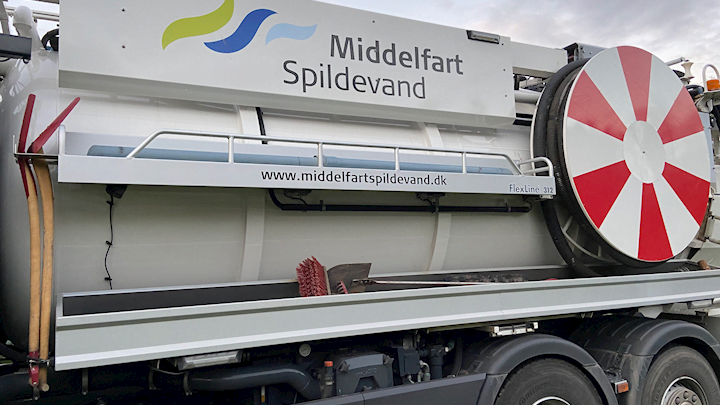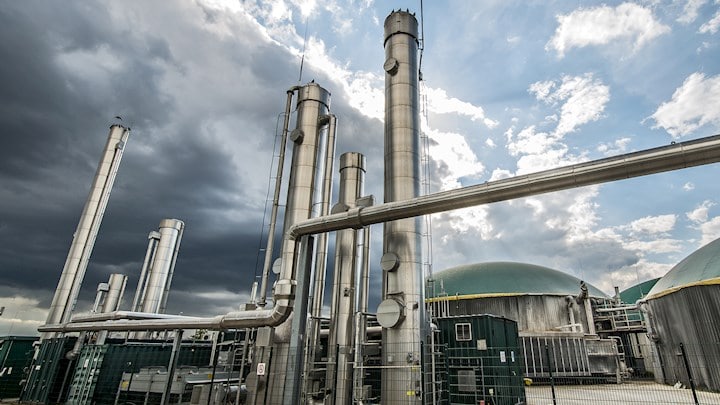Camfil's extruded coal carbons are a very high-quality grade of pelletized activated carbon that has an adsorptive capacity towards a very wide range of volatile organic gases and odours. This material is extremely useful when the exact nature of the contaminants has not been determined. Extruded coal carbon is an extremely effective ”broad spectrum adsorbent” for industrial applications.

The wastewater undergoes a long process at Middelfart Wastewater, where the wastewater is treated and at the end of the process it eventually becomes purified water which is then released to the sea surrounding Middelfart. In addition, the byproducts biogas is converted to electricity and heat as well as bio-fertilizer that is being used on farmers’ fields.
Air quality Energy and Power Systems Sustainability Case studies
Hydrogen sulphide is one of the major contaminants that needs to be eliminated from biogas production as part of the purification. This can be achieved using mobile activated carbon filters that remove harmful gases and odours from the process.
Air quality Energy and Power SystemsDealing with airborne odours, toxins and gases can be a big challenge. Learn about how Molecular Contamination Control and how it can protect against the harmful effects of these airborne contaminants.
Air quality Electronics and optics Education and experience Commercial and public buildings Manufacturing and machinery Food and beverage Life science and healthcare
CamPure 32 is the new ideal Camfil media for the removal of hydrogen sulfide during the production of biogas in an anaerobic process. Learn how this farm in France applied the high quality chemical absorbent media to their biogas application.
Activated carbon (also known as activated charcoal) is an exceptionally versatile material that can control the vast majority of molecules that pollute the air – that’s more than 150 million catalogued chemicals.
World’s largest air purification system in a tunnel with an aim to reduce carbon dioxide emissions by 11,000 tonnes annually. According to the United Nations Environment Programme, 92 percent of people in the Asia-Pacific region are exposed to high level of air pollution that pose significant risk to health.